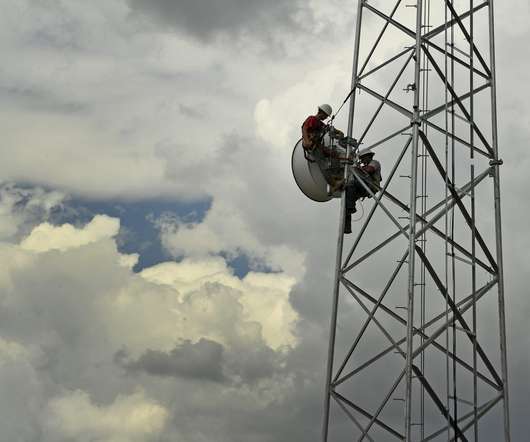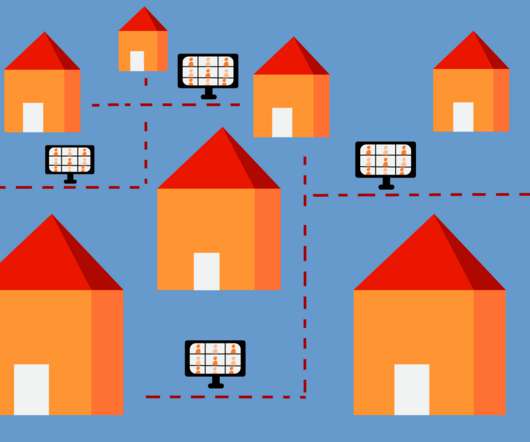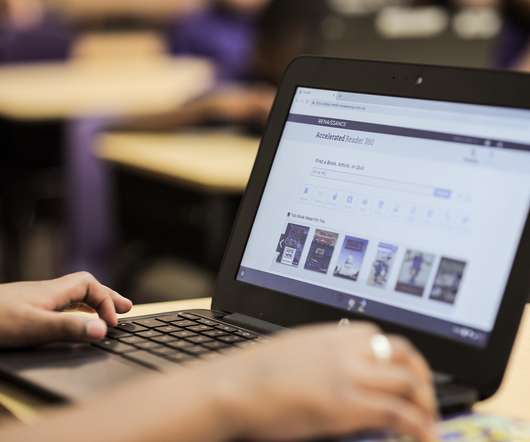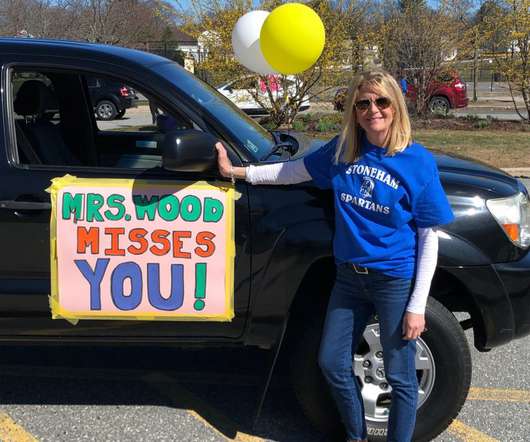OPINION: How targeted federal action could finally chip away at the broadband racism faced by Black students
The Hechinger Report
NOVEMBER 24, 2021
Even after service providers launched discounts for broadband services during the pandemic — often targeting online learning — Black Americans across the South saw little change in their access to broadband services. But nowhere is the digital divide larger than in the Black rural South. Add the bill’s $14.25







































Let's personalize your content